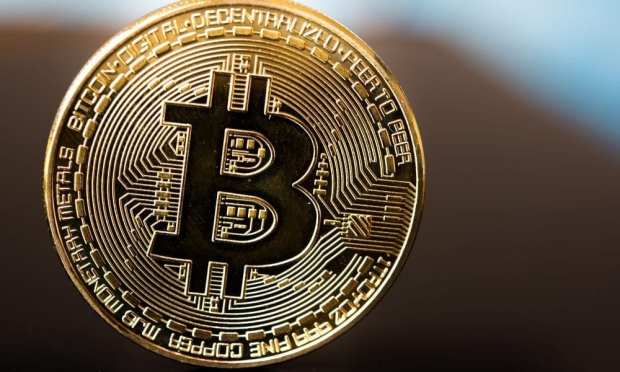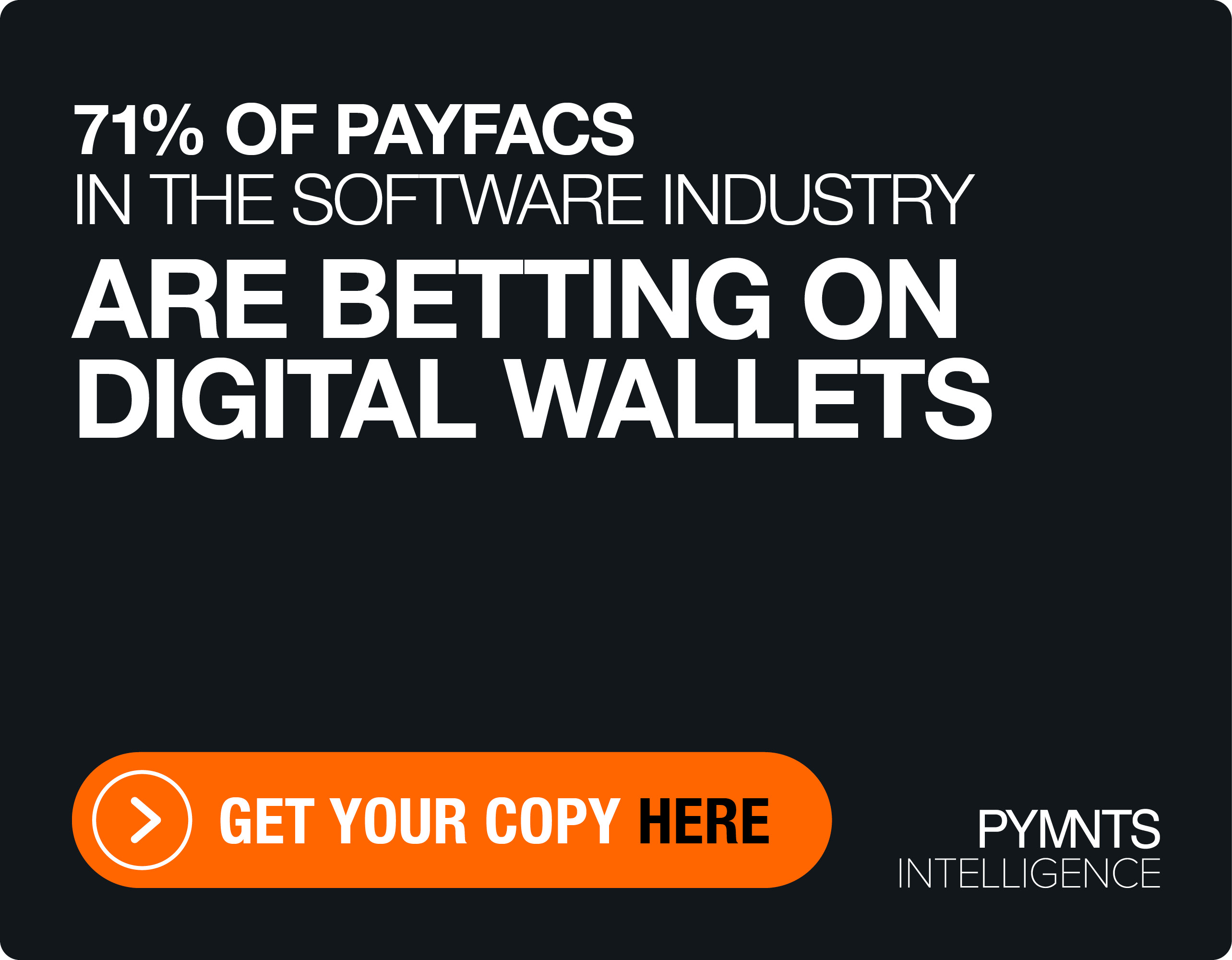In C2B, Is It Bitcoin’s Time To Shine?

Beyond the vagaries of bitcoin’s volatile price, is the digital currency ready for prime time — as a means for consumers to pay their bills? BitPay CFO Glen Braganza tells PYMNTS that cryptocurrencies represent a logical alternative payment method for those who wish to avoid card fees and FX rates.
The headlines and news stories cover bitcoin and its digital currency brethren breathlessly, watching as prices wax and wane — $8,000, $8,400. Next stop: $10,000? $3,000?
Beyond the vagaries of pricing, and beyond the speculation that may be behind such volatility, there remains the matter of using cryptocurrencies as currency, to transact and conduct business. Bit by bit, some companies are letting consumers pay with crypto — where bitcoin is the marquee name, to be sure, but other, perhaps lesser known, coins are also considered for payment.
In one recent announcement, AT&T said it became the first mobile carrier to accept cryptocurrencies as an alternative form of payment for online transactions. The company said its users can select BitPay as a payment option tied to online accounts or when they use the myAT&T app.
The announcement underscores the fact that companies are alert to the desire for alternative payment methods when facilitating consumer-to-business (C2B) transactions, especially on a global stage. Furthermore, where there is an embrace of alternative payment methods, so, too, is there a need to have payment processing services in place — in this case, through BitPay, the largest bitcoin payments processor in the world.
The firm traces its genesis back to 2011, offering a secure wallet and the BitPay Card (converting bitcoin to dollars for spending wherever Visa is accepted). More recently, the company expanded its offerings into the business-to-business (B2B) and C2B realms.
In an interview with PYMNTS, BitPay CFO Glen Braganza said that, for merchants, cryptocurrencies offer a cheaper way to get paid, do not involve third parties and are inherently less risky than some other payment methods.
Cash, for example, can be cumbersome, needs to be deposited at physical branches and may be tempting to criminals. Card transactions, as is well known, carry fees that can span 3 percent to 5 percent. Not to mention, there is always the threat of chargebacks, and companies that want to accept international transactions must link with third parties in the form of payment processors in each country where they transact.
For C2B payments especially, he said, there’s the lure of sidestepping the shopping cart abandonment that may come when customers who transact internationally balk at foreign exchange (FX) rates.
By way of contrast, BitPay acts as a single interface between the customer and corporation, charges a flat 1 percent fee on transactions (with no FX fees) and, through the use of blockchain, has greater security in place than with other payment methods. Braganza said that transactions done through BitPay by consumers wielding bitcoin have been significantly higher than transactions done with credit cards, adding that the company has been processing more than $1 billion annually.
A Willingness To Spend?
The volume and willingness to transact using cryptocurrencies has a parallel and precedent in other technology sea changes, such as mobile phones or music streaming, said Braganza, where such an offering “really takes time to find its feet and be adopted in a massive fashion.” A key lever that must be in place includes an easy-to-navigate user interface.
He noted that cryptocurrency market caps, overall, are cumulatively in the hundreds of billions of dollars (with bitcoin at about $150 billion, as of this writing).
Braganza said the demographic that has bitcoin, and wants to spend it, can be likened to early PayPal adopters. The nature and technology behind bitcoin — and BitPay offers transactions across three other cryptos/stablecoins as well — mean that only a finite number of coins can be issued. That limitation means pricing should ultimately stabilize, especially as cryptocurrencies find surer footing in commerce.
“Clearly, there’s a lot of stored value held in these different currencies, and, ultimately, people are going to want to spend it,” he told PYMNTS.
In terms of the user interface, and the mechanics of the process for a visitor to AT&T or Microsoft (where the company also has a payments processing relationship in place for bitcoin transactions), BitPay presents the invoice to the customer, and QR codes are scanned. The invoice is paid at a locked-in exchange rate (which avoids the volatility inherent in cryptos), then the payment is converted into fiat in the corporate’s bank (while also charging the 1 percent fee) and settles the following day.
“We offer an additional payment method” through cryptos, Braganza said, “and that payment method opens up that retailer to a brand new, and broader, customer base — one that is global by nature.”
